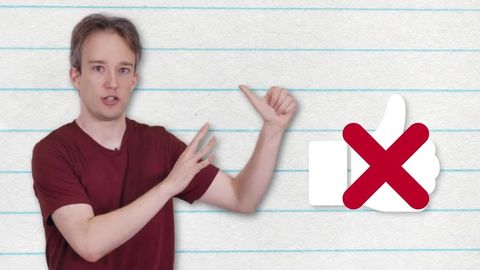說話的時候總是想「動手動腳」到底是為什麼!?人在說話時會不自覺做動作的原因(Why Do We Move Our Hands When We Talk?)
Jeff Chiao 發佈於 2022 年 03 月 26 日  沒有此條件下的單字
沒有此條件下的單字- v.t./i.棒;黏貼,張貼;堅持;伸出;忍受
- n. (c.)棍棒,棍枝,枝條
US /ˈkɑnʃəs/
・
UK /ˈkɒnʃəs/
- adj.意識到;注意到;故意的;有意的;過於擔心的;過於顧慮的
US /ˈkɑnˌtɛkst/
・
UK /ˈkɒntekst/
- n. (c./u.)上下文 ; 背景 ; 來龍去脈;背景;環境;語境
- n. (c./u.)韻律;旋律 ; 節奏;韻律;節奏
